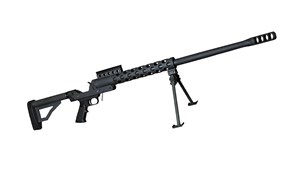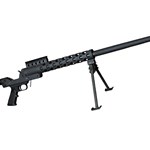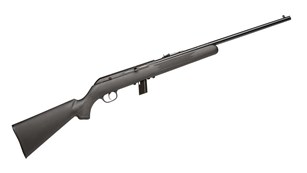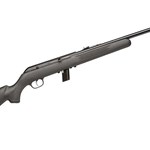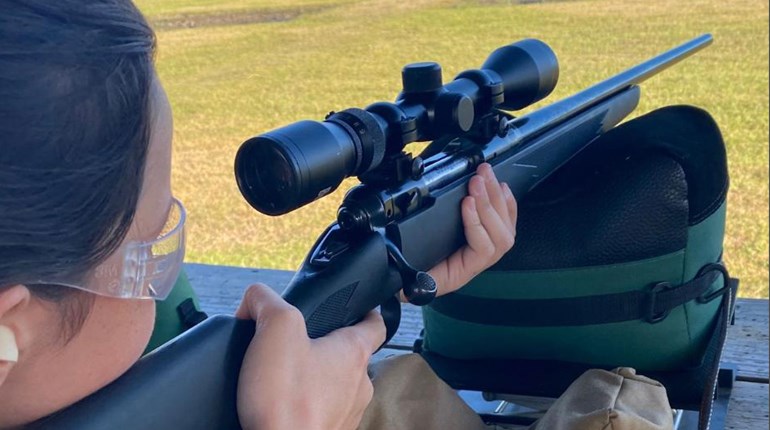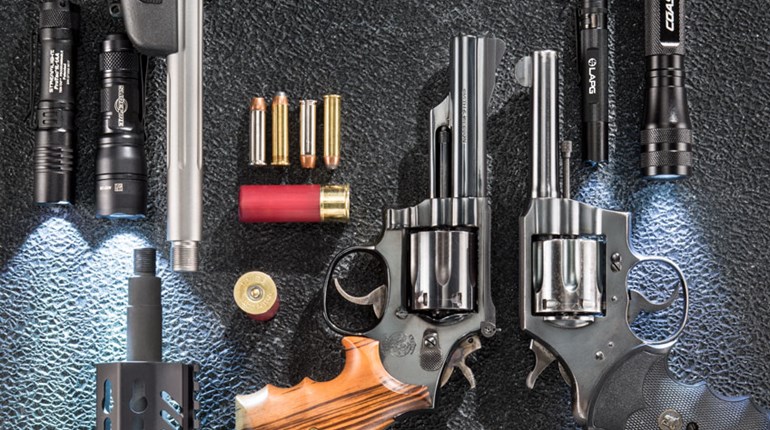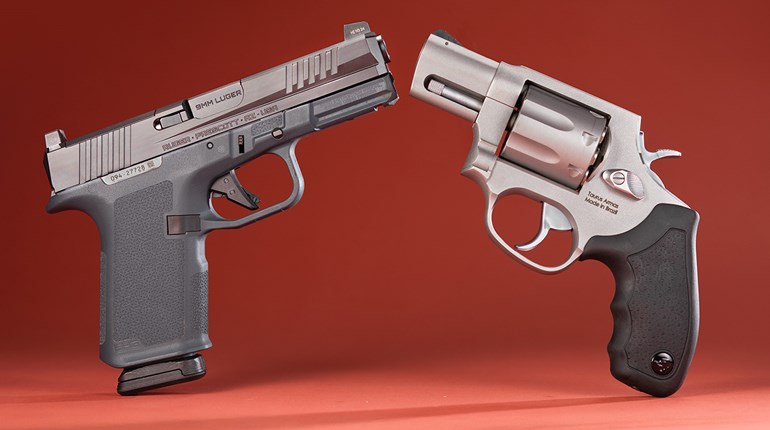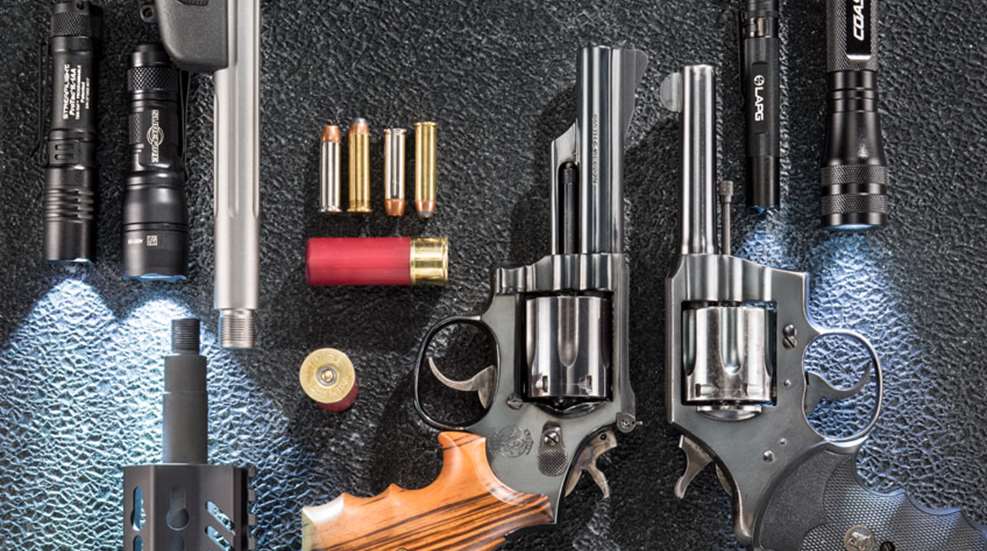
We all have friends whose encyclopedic knowledge of music is annoying. They know a song’s name at the opening riff, precise lyrics and share at least one factoid about the performer faster than you can hit mute. Scientists remain baffled why seemingly useless facts indelibly burn into the brain, and the phenomena isn’t exclusive to the entertainment industry. It’s alive and well in the nation’s growing number of firearm enthusiasts.
The dry-cell flashlight was invented in 1887, and there’s no shortage of terms describing output. Candela, candlepower, lux, watts and other non-interchangeable units made apples-to-apples comparisons impossible, until 2009, when ANSI and the Portable Lights American Trade Organization agreed the lumen was best, according to Raymond L. Sharrah, president and CEO of Streamlight.
The obscure term quickly mainstreamed in the tactical community. There it would have remained, except The Energy Independence and Security Act of 2007—which was phased in from 2012 to 2014—required a 25-percent efficiency increase in household light bulbs. LEDs were the solution and when the new “bulbs” appeared, watts, really a measurement of energy to run the light, were no longer listed.
In firearms, “The gauge number is equal to the number of lead balls of that bore diameter that add up to weigh 1 pound. We know a 12-gauge shotgun’s diameter is so large it takes only a dozen lead spheres of the barrel’s diameter to weigh a pound,” according to the National Shooting Sports Foundation’s “New Shooters Dictionary.”
Knowing a .38 Spl. bullet has a .357-inch diameter isn’t handy at the hardware store, but it can save cash if you own a .357 Mag. revolver. The .357 Mag. was designed by legendary gunwriter Elmer Keith with Phillip B. Sharpe and D.B. Wesson in 1934. Based on the .38 Spl., its case was lengthened roughly 1/8-inch to add powder and velocity. The modification safely prevents the heavier-hitting ammo from winding up in a handgun unable to handle the stress. Conversely, the less-expensive .38 Spl. ammo works fine in .357 Mag. revolvers.
Not all barrel threads are the same, and that forces enthusiasts to master terminology once reserved for mechanics. The average. AR-15 has 1/2x28-inch pitch thread, for example—half-inch outside diameter with 28 threads per inch. A .308 Win. AR-10 usually sports one that’s 5/8x24-inch.
If you’ve wondered why revolver cylinders don’t all rotate in the same direction, National Firearms Museum Senior Curator Doug Wicklund said, “It’s been like this since forever and likely dates back to how the companies started making their guns and didn’t change.”


